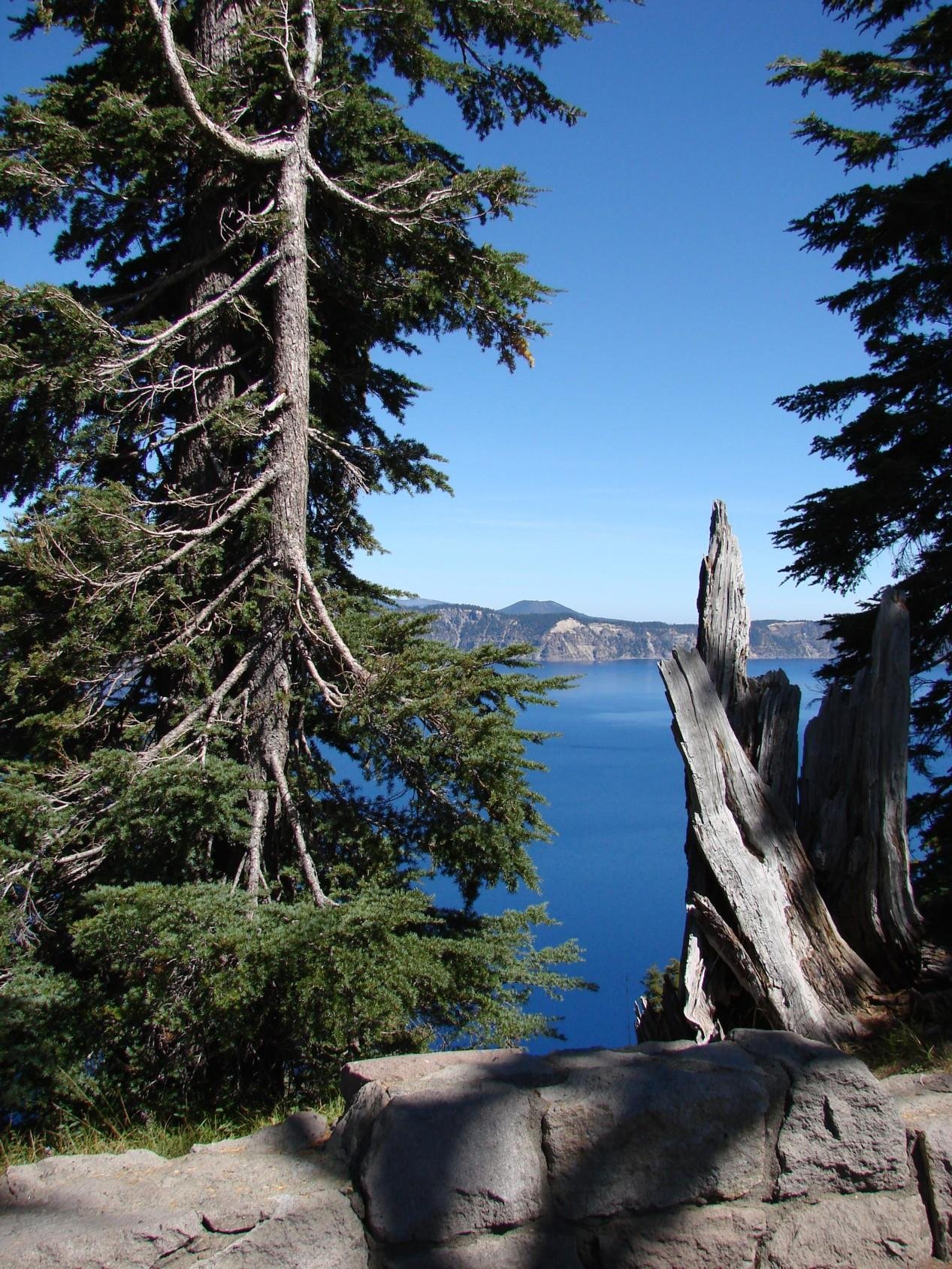Crater Lake rockhounding is a topic of interest for many geology enthusiasts and mineral collectors. However, it’s crucial to understand that Crater Lake National Park strictly prohibits the collection of rocks, minerals, or any natural resources within its boundaries. This policy is in place to preserve the park’s unique geological features and natural beauty. Despite these restrictions, the surrounding areas of Oregon offer rich opportunities for rockhounding, making it a paradise for mineral enthusiasts.
What Are the Regulations for Crater Lake Rockhounding?

Crater Lake National Park enforces strict regulations regarding rockhounding:
- Collection of rocks, minerals, or any natural resources is strictly prohibited within the park boundaries.
- No permits are issued for rockhounding activities inside the park.
- The park’s primary focus is on preservation and education rather than collection.
These rules are in place to maintain the park’s ecological balance and protect its geological features for future generations.
Where Can You Go Rockhounding Near Crater Lake?

While Crater Lake itself is off-limits for rockhounding, the surrounding areas of Oregon offer numerous opportunities:
- Owyhee Canyonlands: Known for picture jasper and thundereggs.
- Priday Agate Beds: Famous for agate and jasper specimens.
- Hart Mountain National Wildlife Refuge: Home to Oregon sunstone and fire opal.
- Lakeview Area: Offers a variety of minerals including obsidian.
These locations are outside the national park and have different regulations regarding collection. Always check local rules and obtain necessary permits before rockhounding.
What Tools Do You Need for Rockhounding in Oregon?
For successful rockhounding in areas near Crater Lake, consider the following essential tools:
- Rock hammer
- Hand lens or loupe
- Gloves
- Safety goggles
- Field guide (e.g., \”Gem Trails of Oregon\”)
- GPS device or smartphone with mapping capabilities
- Sturdy boots
- Backpack for carrying supplies and specimens
Remember, these tools are for use outside Crater Lake National Park in areas where rockhounding is permitted.
What Minerals Can You Find Near Crater Lake?
While Crater Lake itself doesn’t allow collection, the surrounding regions of Oregon are rich in various minerals:
| Mineral | Characteristics | Common Locations |
|---|---|---|
| Picture Jasper | Vibrant, picture-like patterns | Owyhee Canyonlands |
| Thundereggs | Hollow geodes filled with agate or jasper | Various locations in central Oregon |
| Oregon Sunstone | Metallic schillerized feldspar with copper inclusions | Lakeview Area |
| Fire Opal | Translucent to transparent with play of color | Hart Mountain National Wildlife Refuge |
| Obsidian | Volcanic glass, usually black | Various volcanic areas in Oregon |
What Are the Best Times for Rockhounding in Oregon?
The optimal times for rockhounding in areas surrounding Crater Lake are:
- Spring: After the snow melts, exposing new specimens.
- Fall: Comfortable temperatures and less crowded sites.
Avoid winter due to harsh weather conditions and summer due to extreme heat in some locations.
How Can You Identify Minerals Found Near Crater Lake?
Mineral identification is a crucial skill for rockhounding. Here are some tips:
- Use a field guide specific to Oregon minerals.
- Examine physical properties such as color, streak, luster, and hardness.
- Utilize online resources or mobile apps for quick reference.
- Join local rockhounding clubs for expert guidance and shared knowledge.
- Consider investing in a portable UV light for identifying fluorescent minerals.
Remember, practice and experience will improve your identification skills over time.
What Safety Precautions Should You Take When Rockhounding?
Safety should always be a priority when rockhounding. Consider these precautions:
- Inform someone of your plans and expected return time.
- Carry plenty of water and snacks.
- Wear appropriate clothing and sturdy footwear.
- Use sunscreen and insect repellent.
- Be aware of wildlife and potential hazards like snakes or unstable terrain.
- Carry a first-aid kit and know basic first aid procedures.
- Check weather forecasts and be prepared for sudden changes.
How Can You Responsibly Enjoy Rockhounding Near Crater Lake?
Responsible rockhounding is essential for preserving natural areas:
- Follow all local regulations and obtain necessary permits.
- Practice \”Leave No Trace\” principles.
- Take only what you need and can reasonably use.
- Fill in any holes you dig and restore the area as much as possible.
- Respect private property and stay within designated public lands.
- Share your knowledge with others to promote responsible practices.
By following these guidelines, you can enjoy rockhounding while helping to preserve these areas for future enthusiasts.
What Resources Are Available for Crater Lake Area Rockhounds?
Several resources can enhance your rockhounding experience near Crater Lake:
- Books: \”Gem Trails of Oregon\” by Garret Romaine
- Websites: Currently Rockhounding (www.currentlyrockhounding.com)
- Local Clubs: Join rockhounding clubs in Oregon for group trips and shared knowledge
- Visitor Centers: Check nearby BLM or Forest Service offices for local information
- Maps: Obtain detailed geological maps of the area from the USGS
These resources can provide valuable information on locations, identification, and local regulations.
Remember, while Crater Lake itself is protected, the surrounding areas of Oregon offer a wealth of rockhounding opportunities. By following regulations, practicing responsible collection, and utilizing available resources, you can enjoy a rewarding rockhounding experience in the beautiful landscapes near Crater Lake.
References:
1. Crater Lake National Park, OR, USA – Latitude and Longitude Finder
2. Oregon – Currently Rockhounding
3. Oregon is a Rockhounding Paradise: All the Best Public Sites Are …

